Today we’ve got an interesting example of an iPhone app that allows to track emotions: Anxiety Tracker. I call it interesting, because on the one hand, it looks quite simple in terms of design, but on the other, there are many features packed. The problem with it is that unfortunately, it looks like it’s still in the active early development phase and has many irritating UX issues.
Let’s start with the first screen you see, the home page. Here you can see your logged moods and associated activities for each day. And here comes the first inconvenience: you cannot just scroll down to see all your past moods, you need to use the calendar at the top. Even if you’d like to see what you logged a few days ago. Each tap also causes the screen to flicker while the data is loaded from the server. Maybe it’s not that big of a deal, but still doesn’t look very pleasant.
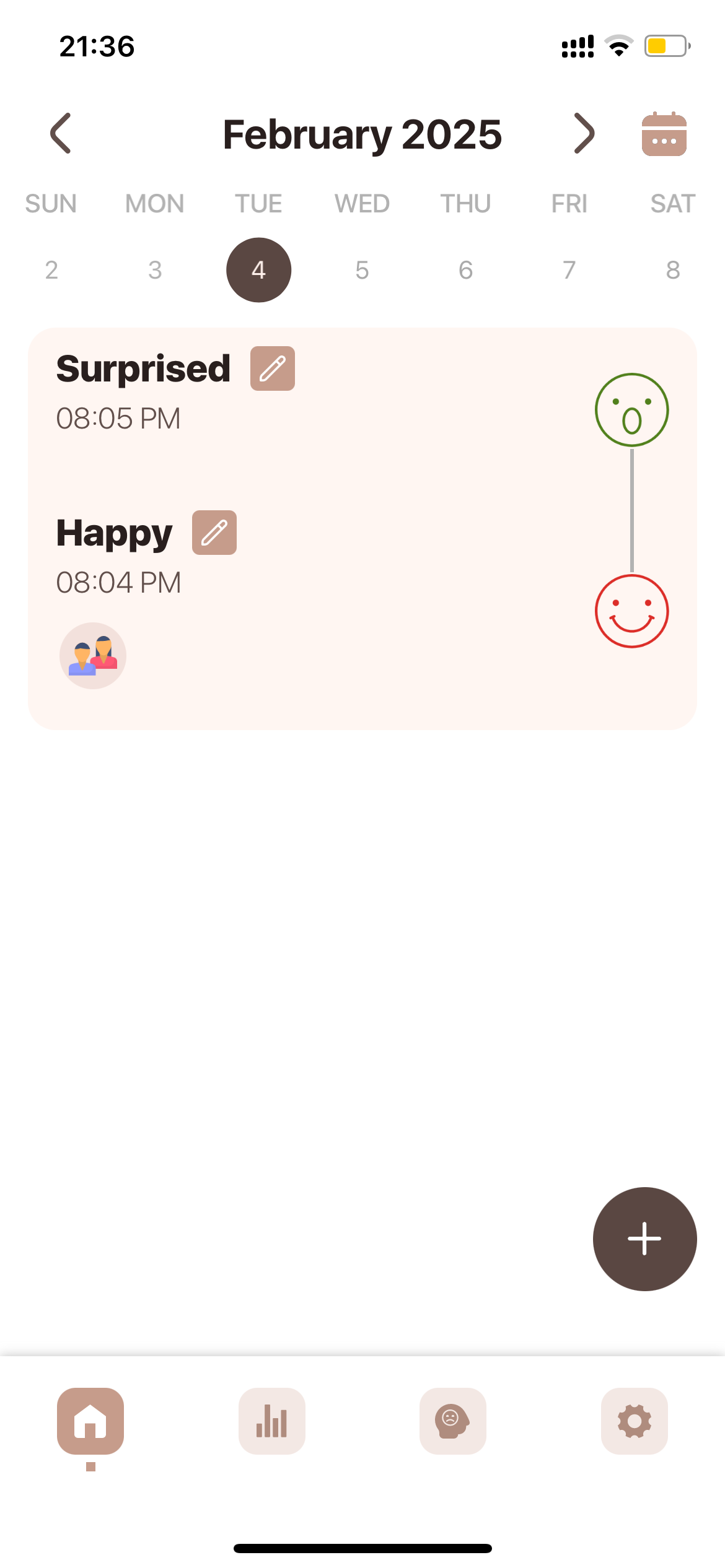
Let’s see how the most used function looks like: adding a mood and related activities or notes.
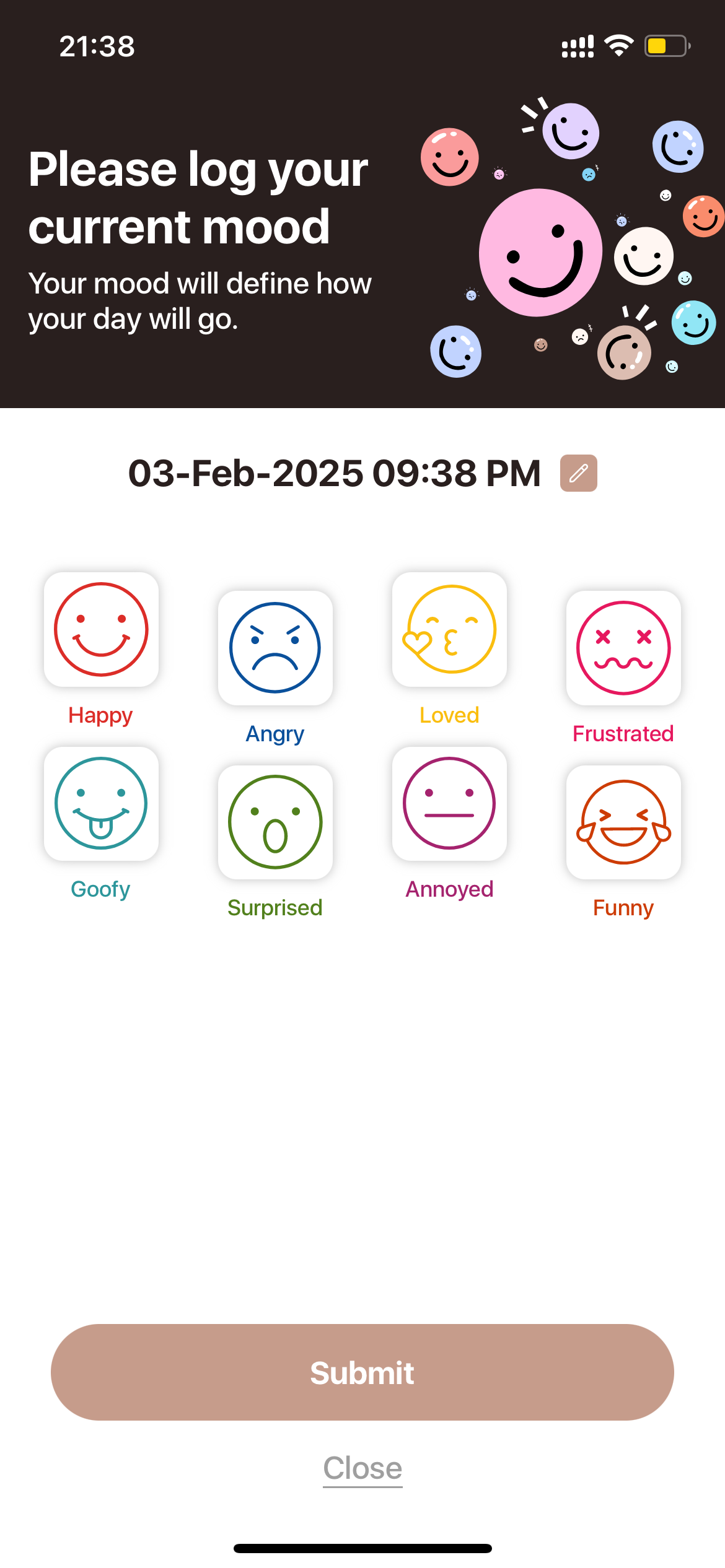

Here you have 8 moods to choose from and many activities. However, in order to add a mood, you need to scroll all the way down to the bottom of the screen with activities. Even if you don’t want to add any! After clicking Save, the app even shows an alert window notifying you the save was successful. As a developer, I do understand that the cloud-based app might not do the data saving successfully because of network issues or something, but it just doesn’t look necessary.
Moving on to statistics. For every mood tracking app, this is a very important feature.
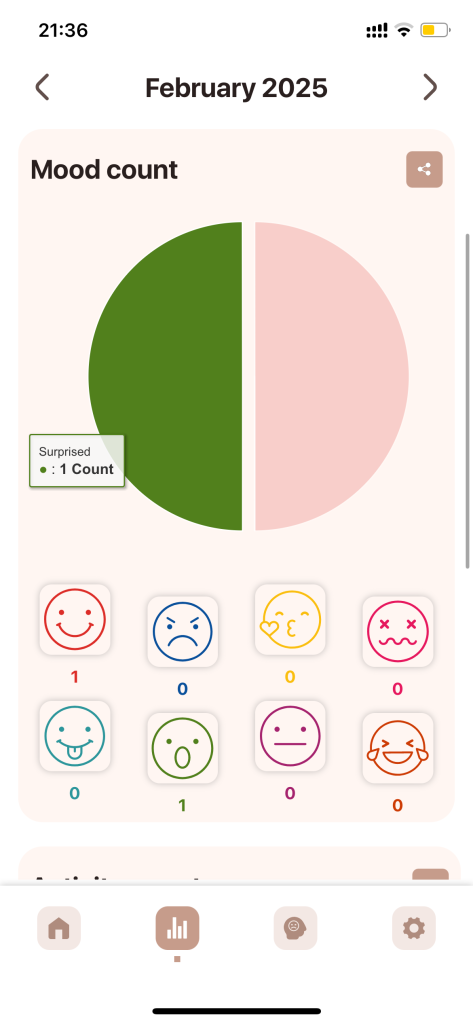


The statistics screen provides basic data like mood count and average daily mood and nothing more. It is also possible to see the activity count and even share them as a picture (not sure why someone would do this:)).

There is also a separate screen called Anxiety. It presents with a few simple activities (like breathing) and daily suggestions. This section looks like the one that could have been much more useful, but for now I don’t find it really interesting. Hopefully, the devs will improve it over time.
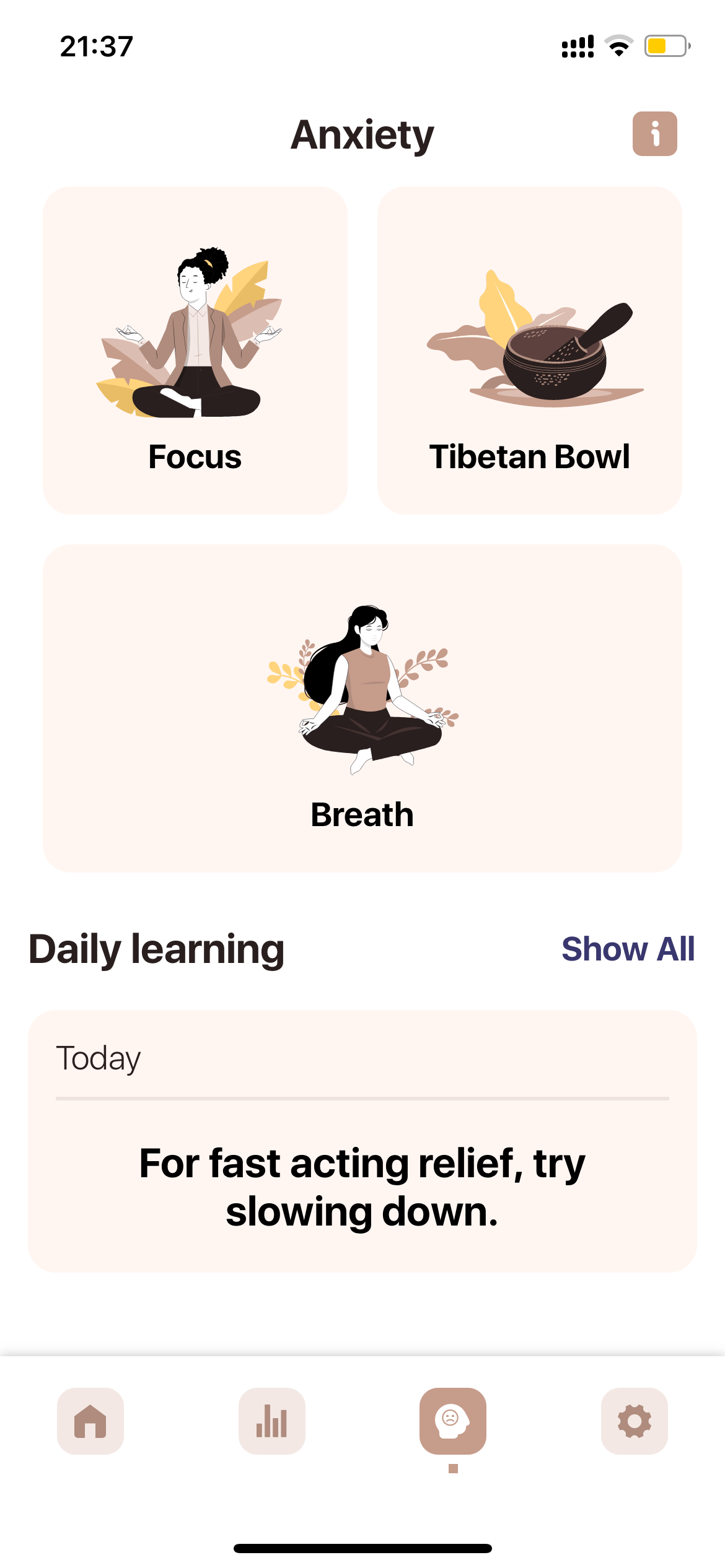
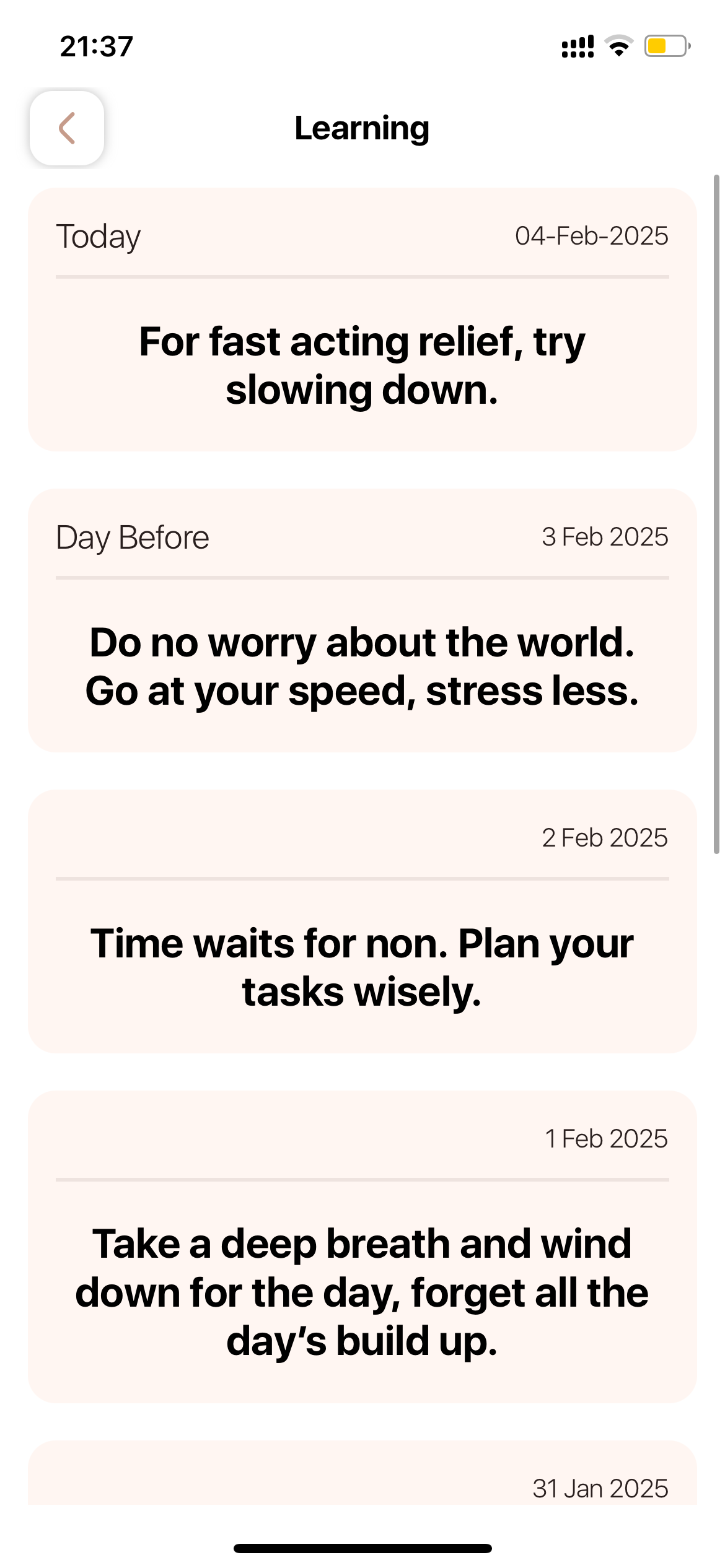
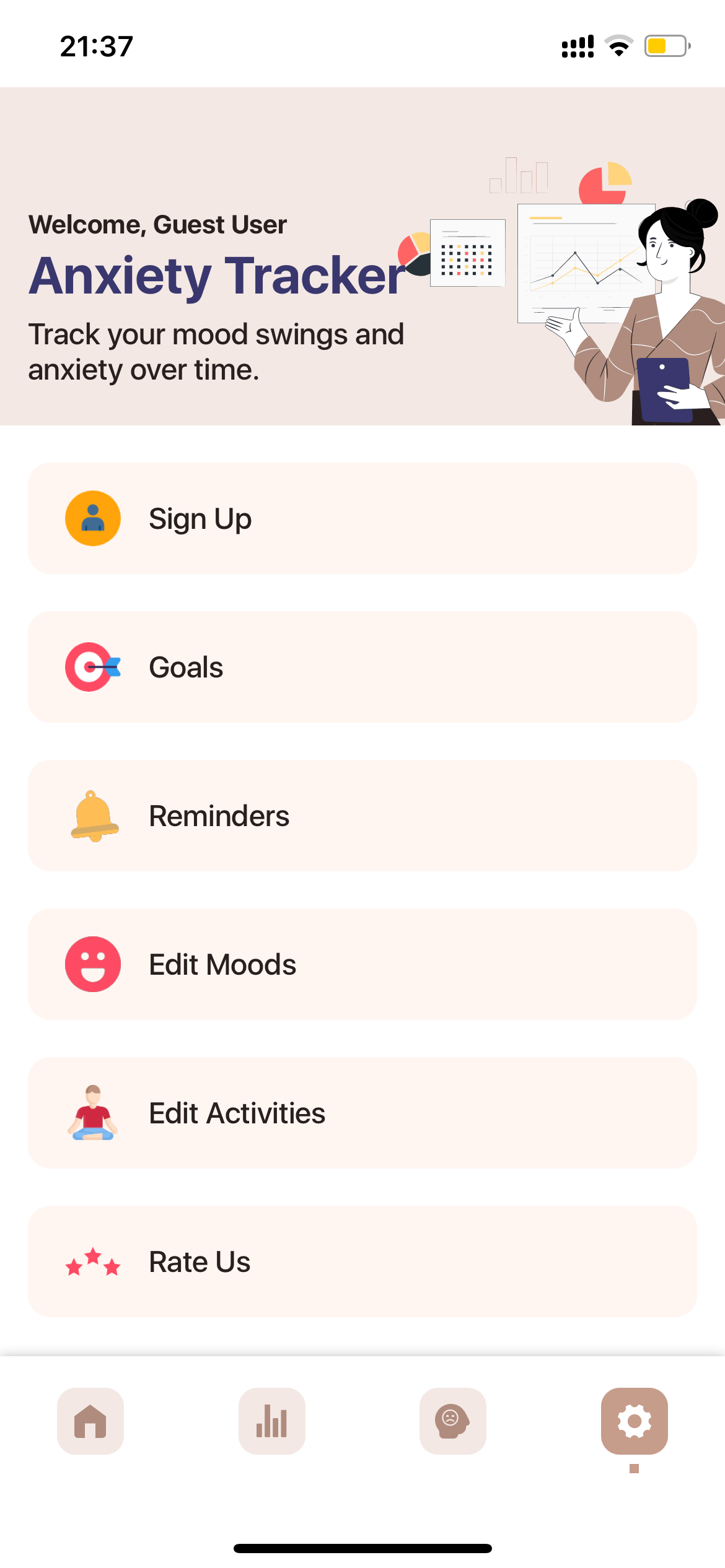
The Settings screen allows some mood customization (like emoji images and colors) as well as setting reminders.
In general, I think that this Anxiety Tracker app needs some more polishing for UX to become a useful daily mood tracker. For now there other, better options on the market. It’s also important to notice that the app stores your data on the central server. This has an advantage if you sign up and register with Apple ID, as your data will be stored in the cloud and won’t be lost in case you lose your phone. However, it means you should trust the developer to securely store it.
You can download in from the App Store here: https://apps.apple.com/ua/app/mood-tracker-daily-planner/id1619776802
I hope you found the review useful and I welcome you to recommend some more apps to check out in the comments!
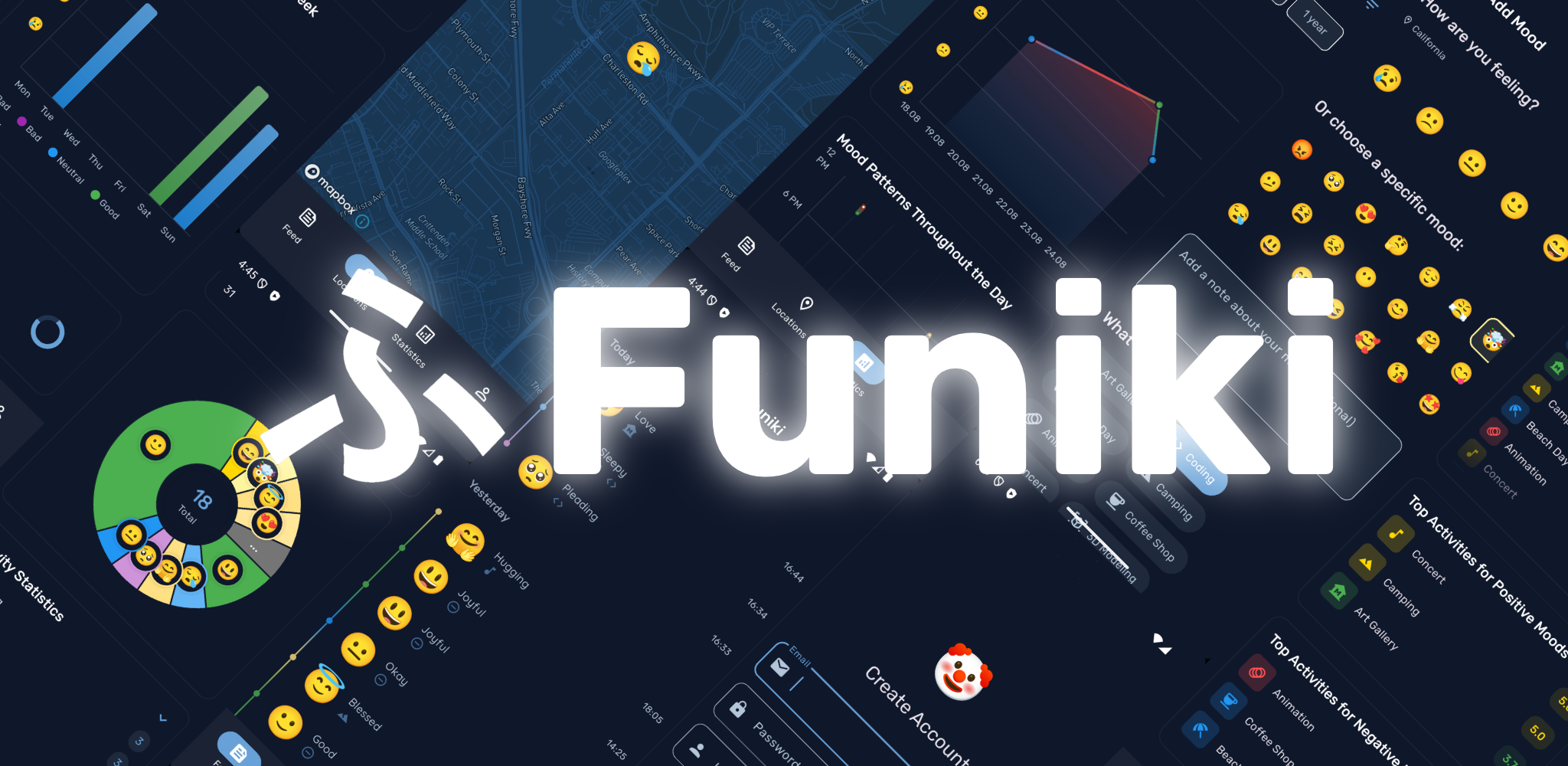
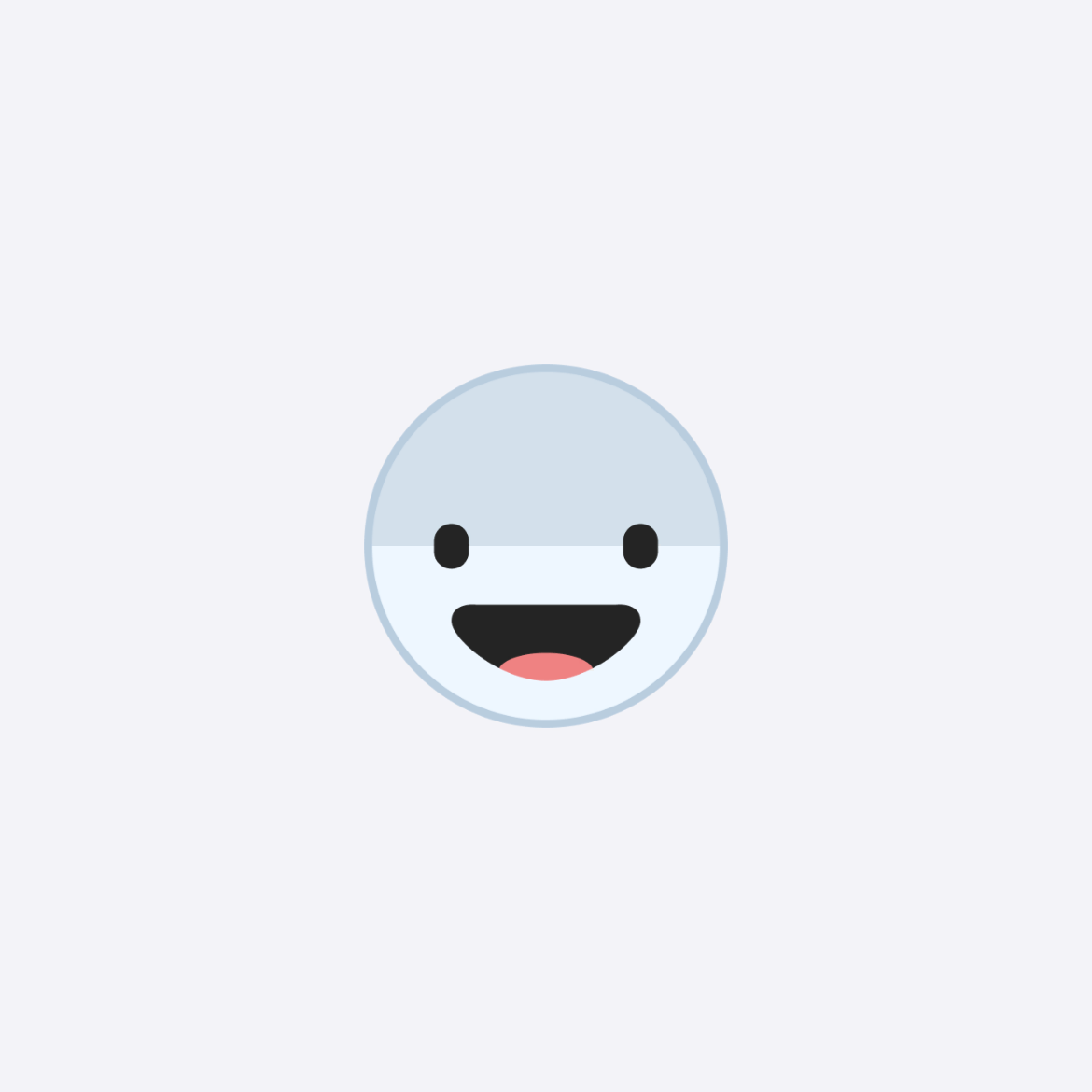
Leave a Reply